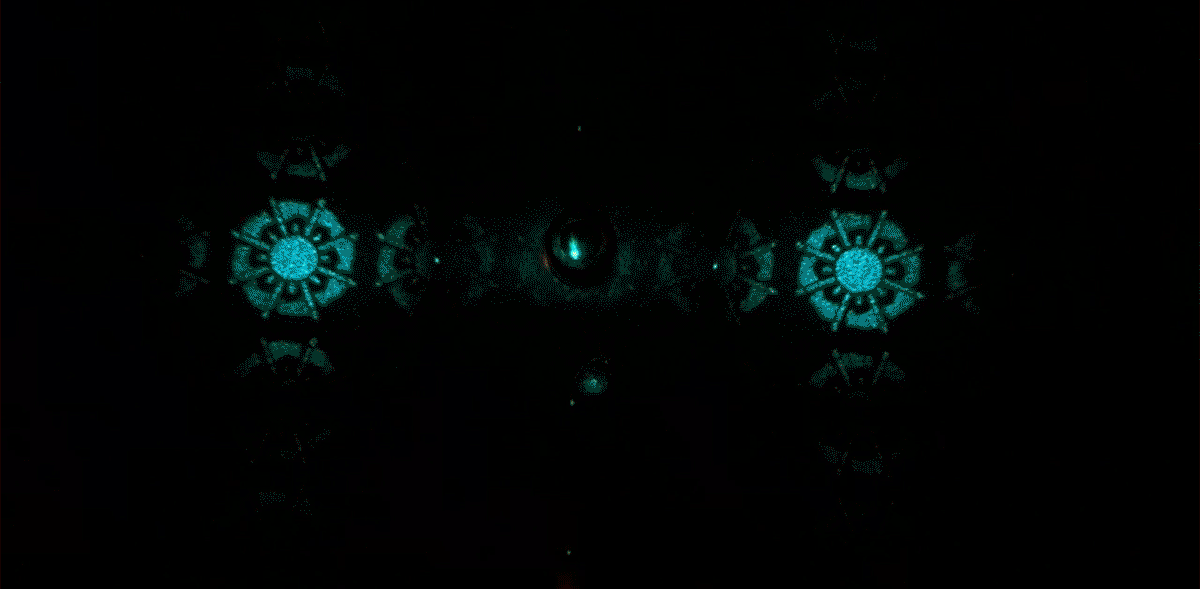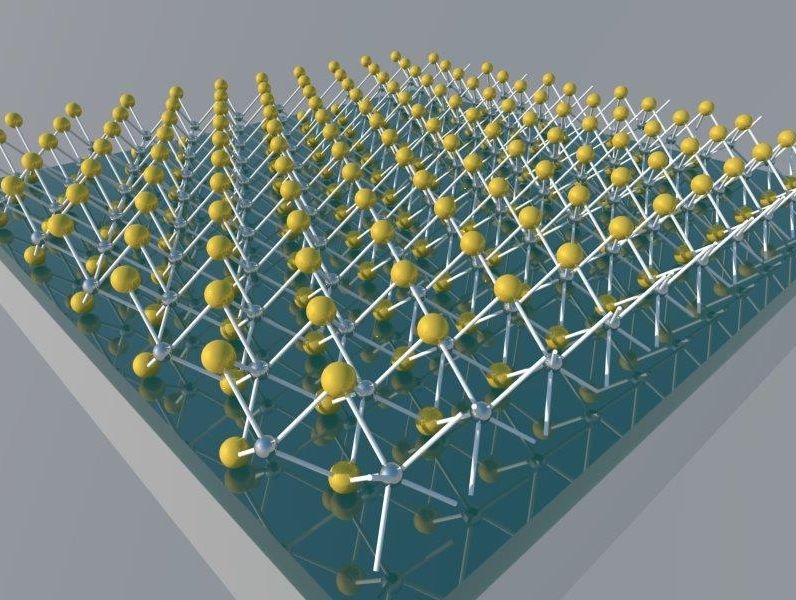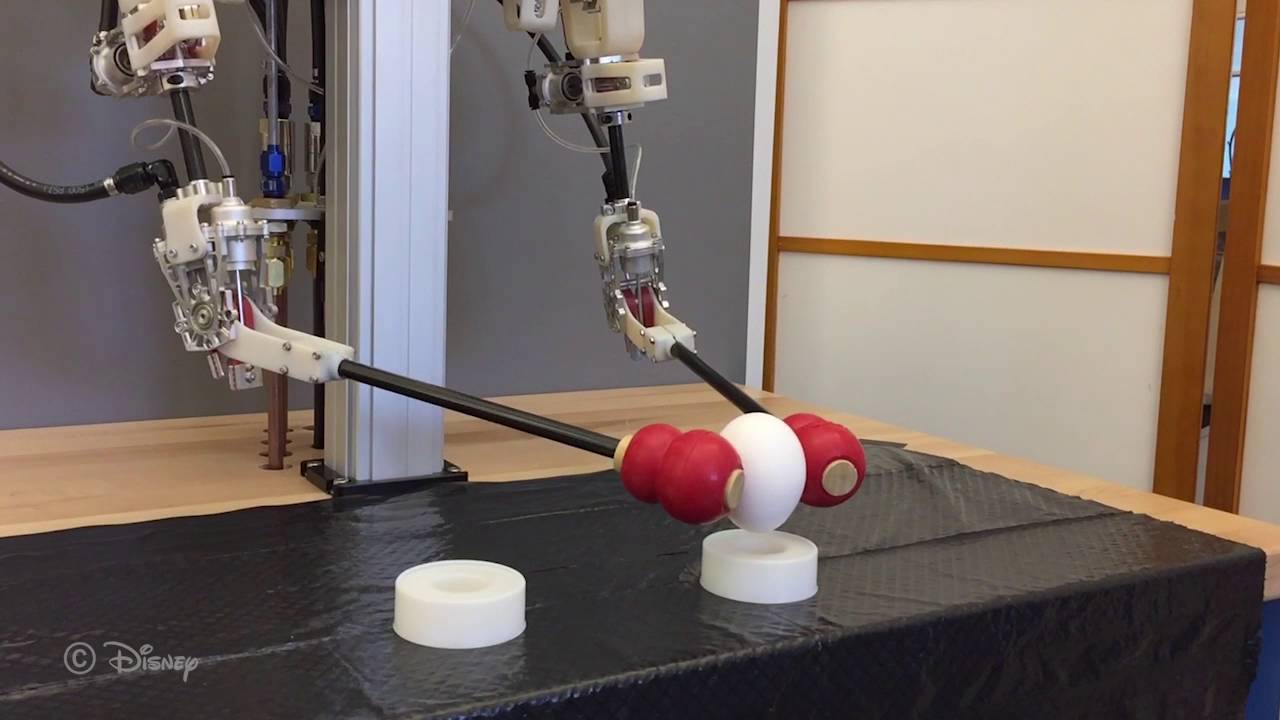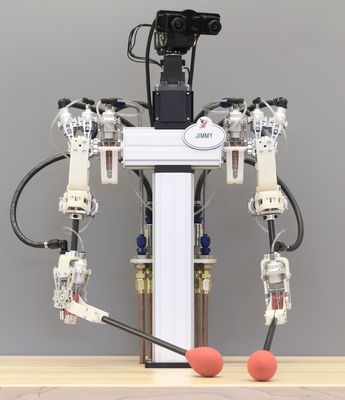
Holograms are a ubiquitous part of our lives. They are in our wallets—protecting credit cards, cash and driver’s licenses from fraud—in grocery store scanners and biomedical devices.
Even though holographic technology has been around for decades, researchers still struggle to make compact holograms more efficient, complex and secure.
Researchers at the Harvard John A. Paulson School of Engineering and Applied Sciences have programmed polarization into compact holograms. These holograms use nanostructures that are sensitive to polarization (the direction in which light vibrates) to produce different images depending on the polarization of incident light. This advancement, which works across the spectrum of light, may improvement anti-fraud holograms as well as those used in entertainment displays.
Read more


















